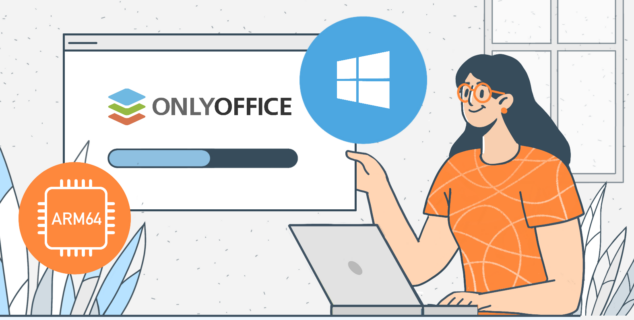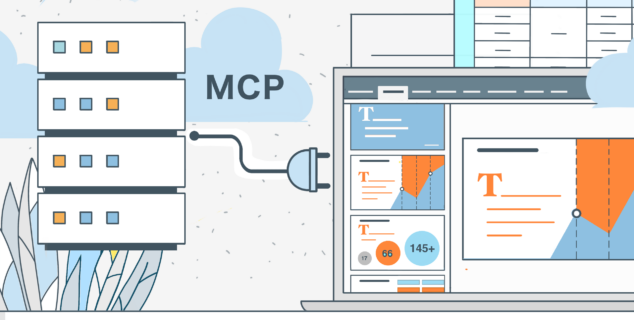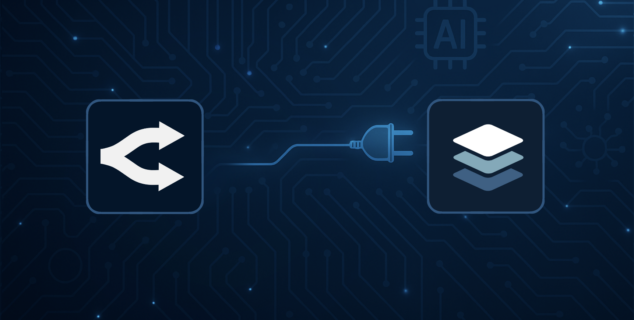How to use AI in education
Integrating the artificial intelligence technologies into the educational process is a hot topic today. Let’s discover everything about AI and education: trends, benefits and outcomes, examples and useful tools, possible future scenarios.
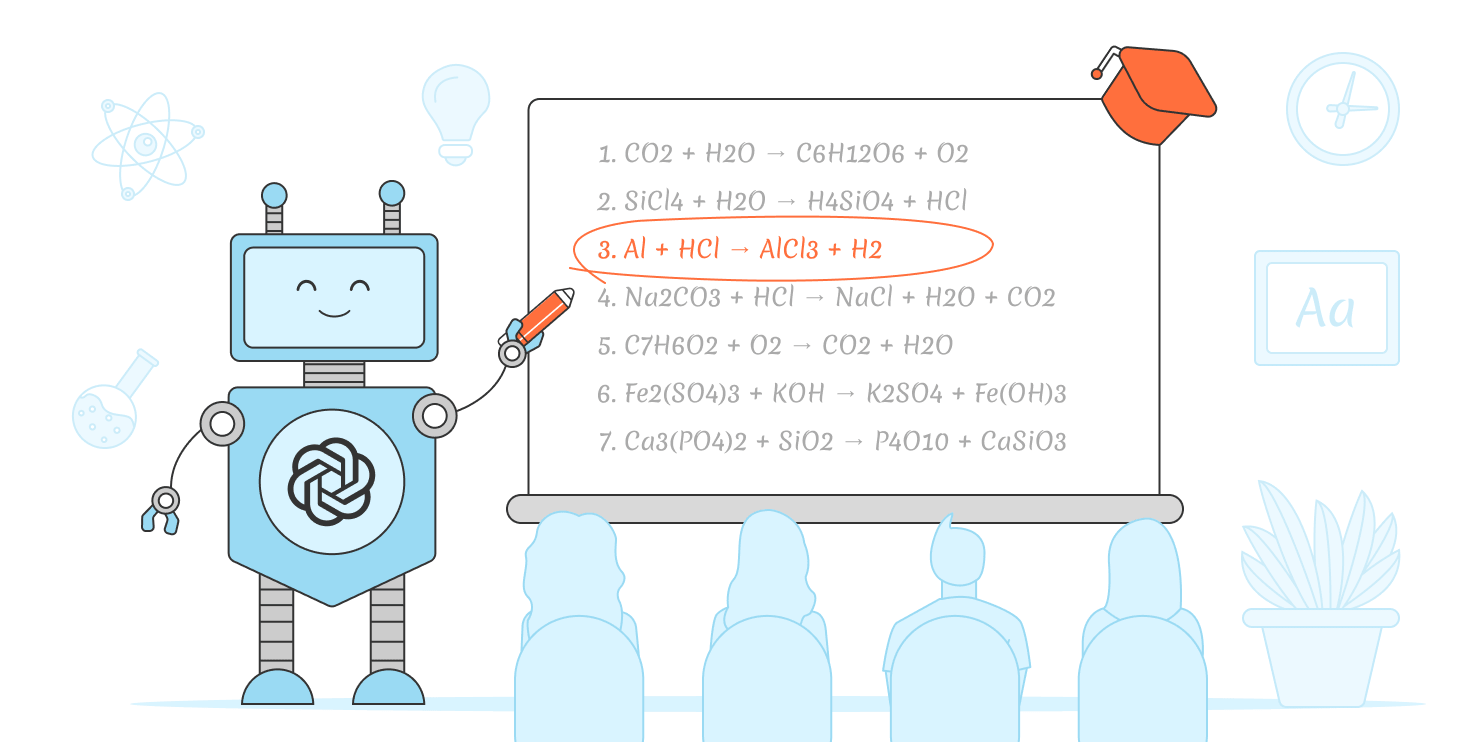
What artificial intelligence is and why it affects education
Nowadays, everyone has heard about artificial intelligence or AI, at least once. According to the Britannica encyclopedia, artificial intelligence is the ability of a digital computer or computer-controlled robot to perform tasks commonly associated with intelligent beings.
Does AI affect education? With no doubts, education is one of the areas where AI is making a massive impact. And this trend is growing rapidly. Why is it happening? The answer is pretty easy.
Education tends to adopt various up-to-date practices in order to improve the overall educational experience. Learning management systems, video assisted learning, gamification, etc. are just some examples of how technology can level up student engagement and course planning.
AI as a booming technology is no exception is this case. Various services and tools based on artificial intelligence are already being used in the educational process, starting from assignment and grading automation to data analysis and customized learning algorithms.
So, let’s talk about using artificial intelligence in education.
Benefits of AI in education
If exploring the main benefits of artificial intelligence in education, we can list the following ones:
- Personalization. Artificial intelligence can give us a more differentiated and individualized learning experience. AI is able to analyze student strengths and interests, track progress and performance, identify areas which they are not particularly good at. This way, AI-based tools can adjust the content and delivery method as well as adapt to the speed of every individual student so that they can learn differently and at their own pace.
- Inclusion. Artificial intelligence can improve accessibility and ensure that students with special needs have access to rich learning opportunities. For example, AI-powered tools can generate subtitles and translations of a presentation being held in real time.
- Engagement. Another benefit of AI is that it can provide more engaging learning experiences. For example, the virtual and augmented reality technologies allow creating interactive and immersive learning environments where students can explore and interact more engagingly and memorably with the content.
- Automation. AI can automate administrative tasks such as grading to free up time for educators to focus on other important teaching aspects.
10 examples of how to use AI in education
Let’s speak more precisely and see how the artificial intelligence technology revolutionizes the education sector on exact examples.
For educators, teachers, professors
- Automated AI evaluation of essays, multiple-choice tests, programming assignments, etc.
- Intelligent tutoring systems (ITS) to prepare personalized and adaptive lesson or course plans.
- Smart creation of educational content.
- Automated AI analytics of large amounts of student data.
- Virtual assistants for laborious and repetitive activities, for example, schedule organizing.
For students
- Chatbots that provide 24/7 student support.
- Transcription of presentations and lectures.
- Enhanced academic research (quick data processing, generating hypotheses, conducting literature reviews).
- VR apps, for instance, to conduct chemistry experiments in virtual labs, study stars and galaxies up close, etc.
- AI-powered working with documents (summarizing texts and creating headlines, generating keywords, finding synonyms, and more).
Generative AI-based educational tools
Generative AI in education allows quickly creating new and realistic visual, textual, and animated contents, including texts, images, videos, games, etc. Generative AI models are also used to build personalized recommendations for users based on their preferences and historical data.
Taking it into consideration, we suggest you check which generative AI-powered tools can help you in the educational process.
ChatGPT
A well-known chatbot ChatGPT, which has recently overwhelmed the news feeds, is now widely used for educational purposes, both as a separate service and as a plugin within other e-learning solutions such as Moodle and ONLYOFFICE.
ChatGPT performs tasks which involve understanding or generating natural language, and even can create a programming code.
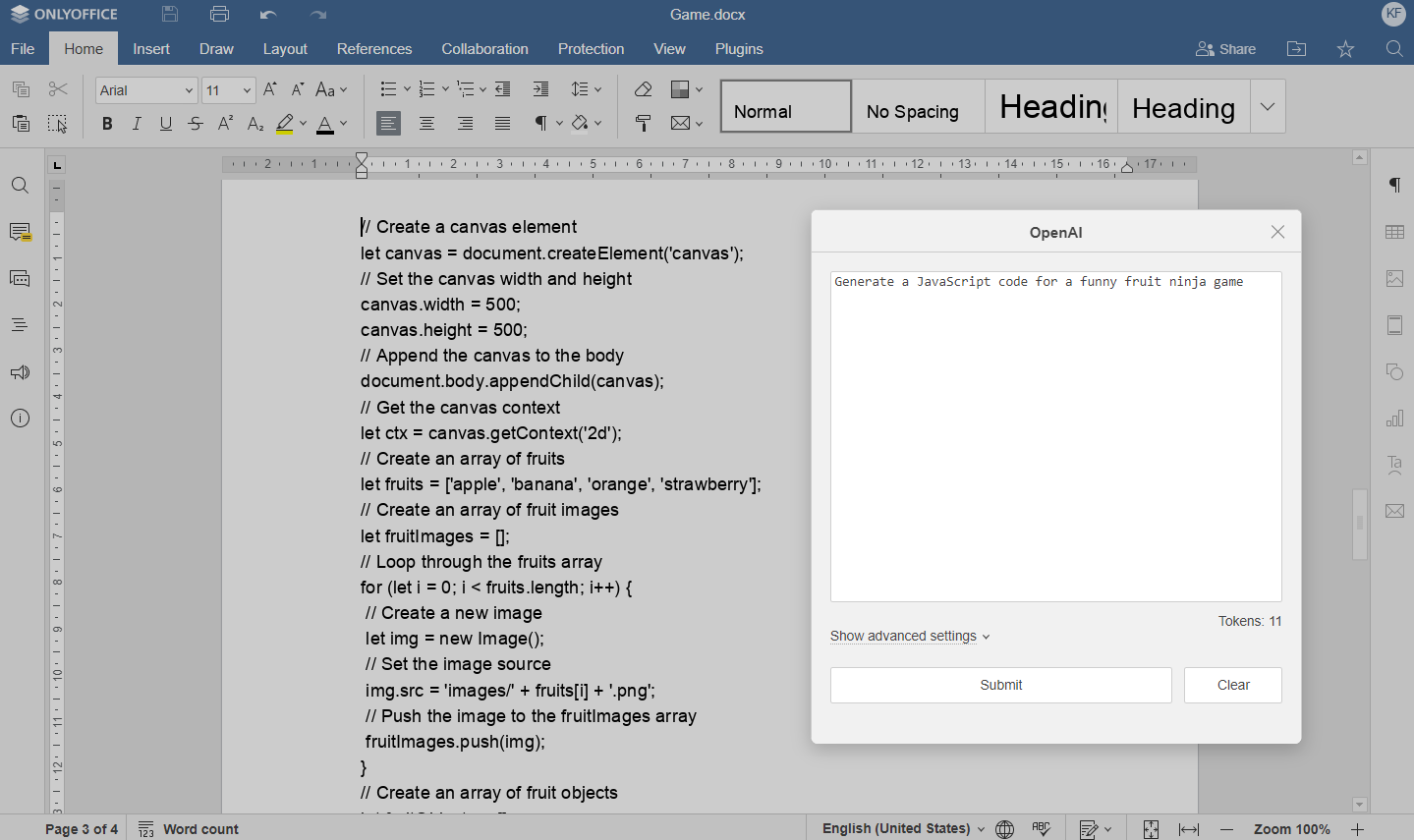
ONLYOFFICE
ONLYOFFICE features a ChatGPT-powered AI helper plugin that connects to your OpenAI account and helps you with text creation and editing, performing tasks like writing and summarizing, generation of images, translation, and word analysis. And what’s important, you are able to perform all these activities directly within the editors, with no need to switch between several applications.
You can download ONLYOFFICE Docs and integrate it with the LMS you already use like Moodle, OpenOlat, Chamilo, etc. or create a free account in the room-based platform ONLYOFFICE DocSpace and try the AI helper for education right now.
Duolingo
Duolingo is a language learning platform which has adopted the AI algorithms for better app personalization for each student. They also use artificial intelligence to create lessons and make sure the exercises we see on Duolingo are at the perfect difficulty level based on each student’s strengths and weaknesses.

Coursera
Coursera is an online learning platform that partners with universities and organizations to offer courses, certificates, and degrees online. Coursera uses AI to support individuals with personalized and interactive learning, help instructors generate and update high-quality content more quickly and affordably, and enable institutions to implement large-scale reskilling efforts and transition workers to jobs of the future.

Carnegie Learning
Carnegie Learning, an innovative education technology and curriculum solutions provider, relies on AI and machine learning in its solutions for high school and college-level students. These platforms offer many unique solutions for the areas of math, literacy, or world languages.

ALEKS
ALEKS is an AI-powered math learning platform that provides adaptive assessments and personalized learning plans.

The future of AI in education
The booming AI trend brings a lot of positive feedback and expectations. At the same time, it can be a bit daunting for some people which is totally understandable when it comes to the usage of something brand-new.
All the trends and benefits of using AI in education, such as personalized learning, predictive analytics, automated grading, smart content creation, and others will continue to develop.
At the same time, there are also concerns about the AI impact on education. One of the biggest fears is that it can dehumanize the learning experience. With AI algorithms generating content and deciding the pacing of the lessons, students may miss out on the nuanced approach that a human teacher can offer. So, our common goal is to find a perfect balance here.
And what do you think about the current and future trends of AI implementation in the edu sector?
Create your free ONLYOFFICE account
View, edit and collaborate on docs, sheets, slides, forms, and PDF files online.
